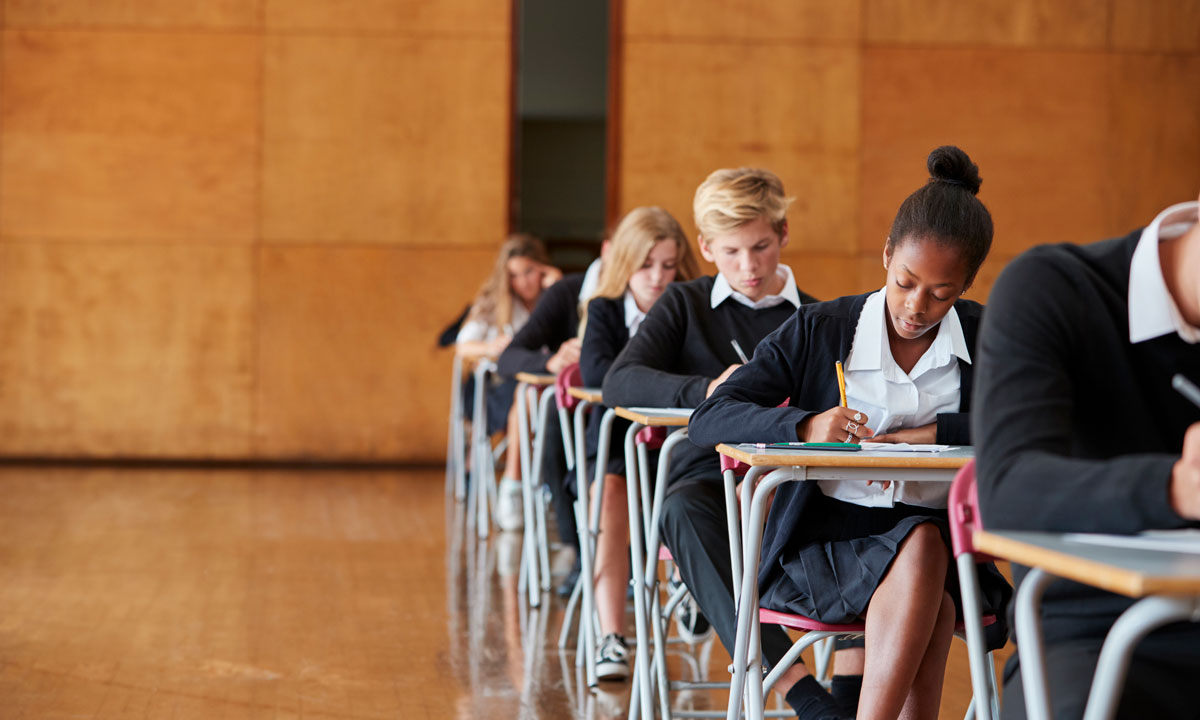New Report: Charter Schools Gained 300,000 Students in 40 States from 2019-23
District schools have lost 1.5 million kids. Families who left during COVID don't seem to be coming back, and new ones aren't coming to fill the gap.

Get stories like this delivered straight to your inbox. Sign up for The 74 Newsletter
Since 2021, the National Alliance for Public Charter Schools has released an annual enrollment report to better understand where families are choosing to send their children to school, at both the national and state-by-state levels.
Enrollment at traditional district public schools fell at an alarmingly high rate early in the pandemic, and despite the belief that students would return after schools reopened, our latest report finds district enrollment is now flat for the second year in a row. Many students never returned to their neighborhood public schools or enrolled in the schools they were zoned to attend. District schools have lost 1.5 million students — 3.5% of their total enrollment — since 2019. It is becoming clearer that the families who left are not racing to come back, and new ones aren’t filling in the gap.
Enrollment at public charter schools, however, grew by more than 300,000 students between 2019-20 and 2022-23, a 9% increase. Charter school enrollment rose in 40 of the 42 states in our analysis.
Still, the overall rise in charter enrollment does not tell the full story. Only a fraction of the 1.5 million students who left district schools went to a charter school, in part because of restrictive policies in many states that limit the number of charter school seats. The rest, presumably, have left public education entirely, opting for homeschooling, microschools and private schools instead.
This trend has significant consequences. In addition to fewer students and decreased dollars going into public education, that shift means a loss of the comparability and transparency required of public schools. At a time when math and literacy proficiency have reached crisis levels, data about student academic achievement is critically important. How will it be possible to know if students are regaining ground?
At the state level, our analysis found that in 37 states, enrollment in charter schools grew faster than state population trends. The increase in terms of raw numbers was largest in Texas, with 67,148 new students attending charters, while Iowa saw the biggest percentage growth — a whopping 94.7%.
In district schools, enrollment dropped in every state except for Idaho and Utah, which saw modest increases. These losses ranged from 906 students in Washington, D.C., to 320,636 in California. New York had the largest percentage loss, at 6.84%.
This year, we were also able to analyze enrollment trends among racial demographics in more than two dozen states. In the 26 states we examined, enrollment in charter schools increased by more than 15,000 white students, more than 40,000 Black students and slightly more than 150,000 Latino students. At the same time, district schools lost more than 1.1 million white students and more than 212,000 Black students, and gained slightly more than 35,000 Hispanic students. In addition, our data seem to suggest that Hispanic students are a strong driver of charter enrollment increases in the 26 states we examined, and white students are a strong driver of district public school enrollment losses.
Some answers as to why charter schools have seen growth while traditional district schools experienced student enrollment loss can be found in an analysis of parent sentiment that the National Alliance released in 2022. Parents chose to send their children to public charter schools because they provided a higher-quality instruction (54%), smaller school and class sizes (47%) and better safety (47%) than district schools. And in general, parents value choice — 93% agree that one size doesn’t fit all in education. More than 1 in 4 parents are school-type switchers, and 86% want options for their children other than their assigned district school.
Enrollment trends are an important metric in determining the stability and sustainability of the public education system in the U.S. We continue to find that parents are willing to do whatever it takes to ensure their children are in educational environments where they are safe, supported and thriving academically — no matter the model. The data shows that public charter schools are meeting this need for parents, but there aren’t enough available seats to support the number of families seeking options. A strong public education system is foundational to this country, and in order to save public education, investments to strengthen it are needed. That begins with parents having more choices within the system, so they don’t feel compelled to look elsewhere to get their children the education they deserve.
Get stories like these delivered straight to your inbox. Sign up for The 74 Newsletter

;)
